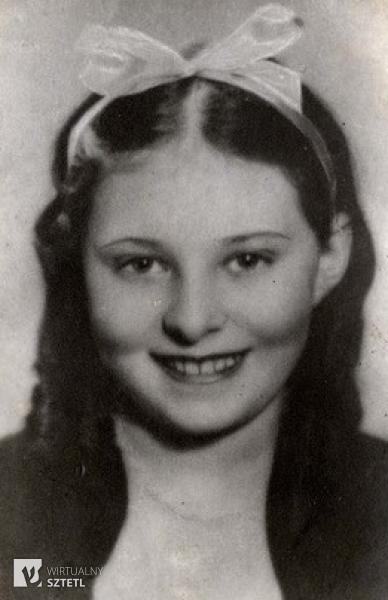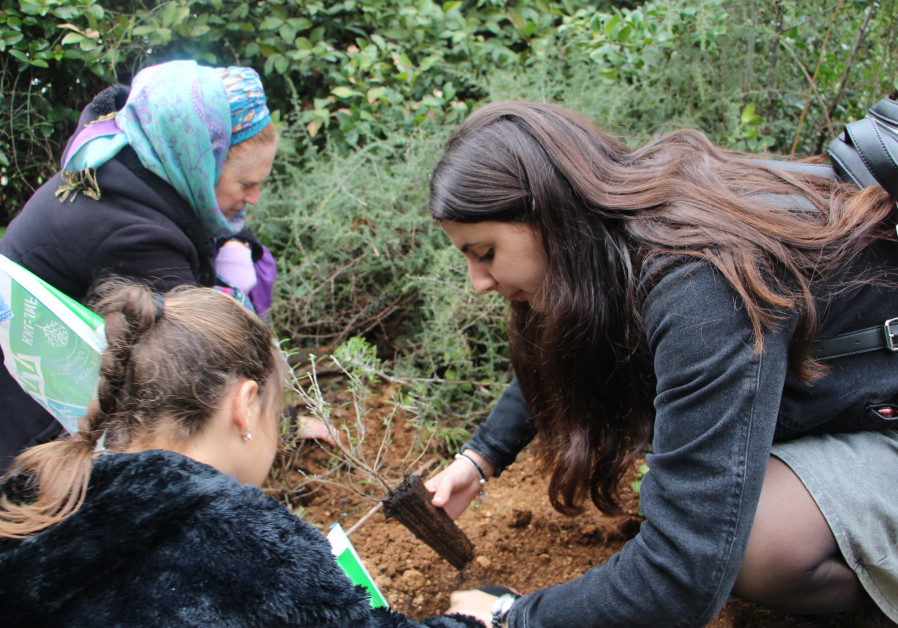 NO HOLDS BARRED: WITH AMIR OHANA, ISRAEL HAS A JUSTICE MINISTER AT LAST
NO HOLDS BARRED: WITH AMIR OHANA, ISRAEL HAS A JUSTICE MINISTER AT LAST
SHMULEY BOTEACH
I FIRST MET Amir nearly four years ago. I had heard that Israel had just sworn in its first openly gay member of Knesset to be elected in an open primary.

The events of the past few weeks have commented cynically on the Israeli political system. After a bitter and turbulent election season, Prime Minister Benjamin Netanyahu seemed to have defeated rivals on both sides of the spectrum, and the State of Israel seemed ready to depart electoral processes for real government action. During the coalition talks, however, former defense minister Avigdor Liberman decided to cast himself as the wrench to ruin Bibi’s political plans. Out of options and less than two months after Israelis went to the polls, the prime minister initiated yet another round of elections.
Israel’s return to elections promotes the idea of a broken political system populated by politicians who are selfish, cynical and uninspiring.
Which brings me to my friend Amir Ohana, whom Netanyahu has just appointed justice minister.
Americans will never forget the cementing of American ideals in the addresses of Abraham Lincoln; nor the bold and fearless grin of Ronald Reagan in his confrontations with the Soviets; nor the vision-driven eyes of Bobby Kennedy, who some say took a bullet for Israel and whose assassination we marked last week. Moreover, no revisionist historian will ever erase the love and care that beamed forth from the eyes of Menachem Begin, nor the steel-set convictions showing through the war-wrinkled eyes of Rafael Eitan or Chaim Herzog.
These were men for whom the power of political life was a side effect. What drove them was a burning love for their people, an inextinguishable connection to their land, and an intrinsic attachment to the values of the states they served. These were the politicians who imparted hope and not cynicism; leaders who earned the fixed gaze of their followers and not the rolling eyes of their constituents.
I FIRST MET Amir nearly four years ago. I had heard that Israel had just sworn in its first openly gay member of Knesset to be elected in an open primary. I also heard that several MKs, critical of his being openly gay, had skipped his swearing-in ceremony. I blasted these MKs for offending a man who has given his life to the Jewish state.
Amir has spent 12 years in the IDF and the Shin Bet (Israel Security Service) working tirelessly to protect lives from those who would like to see Israeli streets run with Jewish blood. He also ran proudly with Likud, a party known for its warmth to religious communities and defined by potent Jewish pride. That Israel’s first openly-gay public representative would run with Likud, I argued, depicted not only Israel’s political openness, but also Ohana’s decision to use conviction and belief – and not power or popularity – as his own political engines.
Most impressive about the episode was Ohana’s calm response to it. He made no disparaging remarks and reacted not with anger, but with a suggestion: “With regard to the issue of LGBT rights,” he said, “it would be wonderful if their absence would continue.”
Moved by his story, I invited Amir to accept the Defender of Israel Award at our organization’s annual gala in New York City. He delivered a beautiful address: one that touched upon the American ideals of freedom and individuality, and the Jewish ideals of defending our communities, our country and our strong links with our past. All throughout, his voice reflected inner tones of love and authenticity.
In the years since, my respect for Amir – both as man and politician – has grown.
As a politician, Amir has shown himself to be built from the most inflexible moral fiber. When it was announced that the Diaspora Affairs Ministry would be distributing more than $20 million to American Jewish campus groups that do nearly nothing to defend Israel on campus, I struggled to find a partner in the Knesset would who co-write an op-ed with me demanding anti-BDS action from groups receiving Israeli financial support.
Few saw any political opportunity in taking on American Jewish giants Chabad and Hillel, especially over an issue few of their constituents were even aware of. But Ohana saw things differently. Israel and the Jewish people were inseparable, and to promote one while ignoring the other will ensure the failure of both. It was here that I saw a man moved to act by a personal search for truth and justice, and not by sticking his sails into the nearest and quickest political winds.
Another example came to the fore when Israel finally took the critical step of passing a law naming it as the nation-state of the Jewish people. It was Amir who led the team that drafted the bill, which finally provided a firm legal bond between the Jewish people, their government and their land. When, last month, a team of legal experts – among them a former Supreme Court justice – tried to disable the law with a clause on equality, Ohana struck back. Equality, Ohana insisted, would forever exist in Israel as it always has. But on the question of nationality, he simply would not budge. “To include equality in the law means that all nationalities are equal – but that is not the case. Israel is the national homeland of the Jewish people.”
I KNOW AMIR to be a man of humility and integrity; a warm and devoted friend. A few years ago, my children and I went to pray at the grave of Joshua, near Kifl Haris in Samaria. The tomb of Joshua – set in a place that is a death sentence for Jews to pray without an escort of hundreds of IDF soldiers to protect them – attracts die-hard pilgrims. Joining me and my family that night was Amir Ohana. On the way back to Jerusalem, Amir turned to me and asked if we could stop by a beautiful spring not far from the highway. We were surrounded by Palestinian villages, but Amir assured me that everything was safe.
Once we arrived, my children – I have nine, thank God – poured out of the van wondering why we’d stopped. Amir guided us toward some tables, before sitting atop one with an acoustic guitar that someone had brought along. What ensued was one of the most meaningful moments that my children and I have experienced in Israel: a member of Knesset singing classic Jewish hymns at the opening of an ancient spring in the heart of our homeland under a moonlit sky.
As Amir sang these songs, I realized his real influence. It is not – as it is with most politicians – held within his mind, his strength or in his skillfulness at political maneuvering. On the contrary, Amir’s highest credit is far simpler: It is his love – his love for his land, his love for his faith and his love for his people.
When Moses was told by God to choose his own justice ministers, he was given a rubric by which to select them. Absent from the list are law degrees and legislative experience – although, it must be mentioned, Amir has both. Also missing is a demand for academic brilliance, though Amir possesses this as well. What God does tell Moses is that he should appoint “men who fear God, trustworthy men, who hate dishonest gain.”
Integrity and purity of heart frames a true pursuer of justice. As Moses said, “Justice, justice shall you pursue.” Amir will no doubt pursue this double dose of justice.
The writer – “America’s Rabbi,” whom The Washington Post and Newsweek call “the most famous rabbi in America” – is the international bestselling author of 32 books, including his most recent, The Israel Warrior. He served as rabbi at Oxford University for 11 years. Follow him on Twitter @RabbiShmuley.






